At this time, banks have begun to transform themselves to lend in chains to serve the Project of 1 million hectares of high-quality, low-emission specialized rice in the Mekong Delta. However, the outstanding loans for this project chain are not much, and there is also a lack of strong enough cooperatives to lead farmers in the chain.
On the morning of November 23, in Can Tho City, the National Agricultural Extension Center (Ministry of Agriculture and Rural Development), the Vietnam Rice Industry Association and the Vietnam Agriculture Newspaper jointly organized a Forum on Solutions for Replicating Successful Pilot Models of the Project on Sustainable Development of 1 Million Hectares of High-Quality and Low-Emission Specialized Rice, and at the same time celebrated the 1st Anniversary of the Establishment of the Vietnam Rice Industry Association.

Speakers participated in the discussion within the framework of the Forum on Solutions for Replicating Successful Pilot Models of the Project on Sustainable Development of 1 Million Hectares of High-Quality and Low-Emission Specialized Rice.
Green Vietnamese rice, low emissions
Speaking at the opening of the Forum, Mr. Nguyen Ngoc He, Vice Chairman of Can Tho City People's Committee, affirmed that the Project on sustainable development of 1 million hectares of high-quality, low-emission specialized rice associated with green growth in the Mekong Delta (the Project) is the largest program ever related to the rice industry, which has been directly directed by the Prime Minister and has received the attention of many countries and international organizations.
Therefore, Can Tho City has identified this as a large-scale project that needs to be implemented immediately. Through summarizing the pilot models, Can Tho and a number of localities in the Mekong Delta are interested in five key issues. One is training and education for grassroots officials such as agricultural extension workers, farmers, and cooperatives in the project area. The second is building and replicating models within the scope of the project, such as rice production according to standards and regulations, applying technologies to handle straw, high-tech agriculture, and digital transformation.
Third is to invest resources in improving rural infrastructure systems such as transportation, irrigation, electricity, water, environment, etc. Fourth is to build value chain linkages between cooperatives and enterprises. Finally, capital is to support cooperatives and enterprises to purchase products in the project area.
Speaking at the forum, Mr. Le Thanh Tung, Deputy Director of the Department of Crop Production (Ministry of Agriculture and Rural Development) said that although in reality, Vietnamese rice is not inferior in quality to any other country, its value has not been improved. "Vietnam is at an emission level of 0.9%, which is higher than Southeast Asian countries such as the Philippines, Thailand..., higher than China and leading rice exporting countries".

Mr. Le Thanh Tung, Deputy Director of the Department of Crop Production (Ministry of Agriculture and Rural Development) spoke at the forum.
According to the leader of the Department of Crop Production, 12/13 provinces in the Mekong Delta are implementing the 1 million hectare rice program, only Ben Tre does not participate because there is not much rice land left. Science and technology in the largest rice granary in the country is also developing strongly. According to statistics from the Department of Crop Production, with 1.7 million hectares of rice in the Mekong Delta, in 2006 there were only 2 combine harvesters, but after 6 years, there were 12,000 combine harvesters, showing a stormy growth rate.
Mr. Tung believes that as long as there is appropriate science and technology, development will naturally be rapid. The focus is on training and technology transfer, this is the key to open the doors. The biggest problem now is mobilizing domestic and international financial resources. However, this issue is being handled by the Program Steering Committee.
"Green Vietnamese rice, low emissions" is the name in the coming time. For example, in Tra Vinh, there are models with signs: Reduce costs, reduce emissions. This is considered a positive direction. Especially the active and enthusiastic participation of farmers, the cooperation of businesses and authorities at all levels are showing many good signs," said Mr. Tung.
In the future, the project's mission is still to replicate the model in the direction of value chains, ecological databases, technology development, behavioral change, and capacity building. "We also see that we need more cooperation and support from the National Agricultural Extension Center and other units and businesses so that farmers have more useful information," said the Deputy Director of the Department of Crop Production.

Harvesting rice at the pilot model of the 1 million hectare high-quality, low-emission rice project in Thap Muoi district, Dong Thap province.
Building messages and identity for the 1 million hectare rice project
At the program, Mr. Nguyen Van Nghia, Deputy Director of the Department of Agriculture and Rural Development of Kien Giang province, said that the province has systematically deployed 12 low-emission rice models and built 116 community agricultural extension groups. First, the province established a Steering Committee to implement the project, creating a solid organizational foundation, then the propaganda work was promoted to cooperatives and farmers, helping them understand the goals and benefits of the project.
According to the plan of the Provincial People's Committee, Kien Giang has deployed 210 hectares of emission reduction models, creating a basis for future expansion. In particular, the provincial agricultural sector has focused on training and capacity building for grassroots agricultural extension staff, with 2,400 people, including 30 professional staff who have participated in training courses to ensure knowledge and skills are deployed synchronously from the province to the grassroots.

Mr. Hoang Tuyen Phuong, Head of the Department of Crop Production - Forestry (National Agricultural Extension Center) said that in the coming time, the communication content will be reoriented, the message and logo identity for the 1 million hectare rice project will be built.
Representative of the National Agricultural Extension Center, Mr. Hoang Tuyen Phuong, Head of the Department of Crop Production and Forestry, said that the unit is connecting with more than 30 domestic and international media channels to improve the capacity of actors in the rice industry chain, build a brand of high-quality, low-emission Vietnamese rice and create sustainable livelihoods for people.
"We always emphasize informing people about technical processes to reduce seeds, fertilizers, irrigation water, and pesticides, thereby reducing production costs and increasing productivity and quality. In addition, the unit has also issued a handbook to guide people in straw management and techniques," said Mr. Phuong.
"The construction of the rice industry chain will focus on transferring technologies for producing quality rice, reducing emissions, and linking rice production according to SRD export standards. Community agricultural extension has contributed to forming concentrated raw material areas, enhancing farmers' capacity, enhancing the role of cooperatives and cooperative groups, reducing production costs, increasing value and income. At the same time, developing the MRV force (measurement, reporting and appraisal), building the Vietnamese rice brand," said Mr. Phuong.
The representative of the National Agricultural Extension Center said that in the coming time, they will reorient the communication content, build messages and logo identity for the 1 million hectare rice project; develop columns, special pages and reportage programs on mass media. At the same time, they will organize thematic events and issue publications to raise public awareness.
Bank commits to strongly support the 1 million hectare rice project
Speaking at the discussion, Dr. Tran Minh Hai, Vice Principal of the School of Public Policy and Rural Development (Ministry of Agriculture and Rural Development), said that banks have begun to transform themselves to provide loans in chains. However, the outstanding loans for this project chain are not much. Meanwhile, farmers are not yet equipped with 100% of cluster seeding and seeding machines.
"I propose that banks can lend to individual customers, but representatives of farmers' groups and cooperatives will receive and lend through businesses (third parties) to upgrade machines. This is considered a form of chain mortgage," Mr. Hai proposed.
According to Dr. Tran Minh Hai, the difficulty for enterprises when participating in the chain is the capital to pay when investing in the chain for farmers and the money to pay farmers when buying rice. In addition, when investing in equipment, enterprises need medium or long-term capital. However, currently, rice enterprises are using short-term capital for investment, so they cannot reduce costs.
According to Mr. Tran Minh Hai, to effectively implement the rice industry chain according to the Project, it is necessary to build strong and capable cooperatives, capable of joint purchasing and joint selling with enterprises and production organizations. The current development trend focuses on increasing the number of members to expand production and strengthen linkages. In the Mekong Delta, an average cooperative has only 80 members, lower than the national average of 200 members and Thailand's average of 1,500 members/cooperative.

Combine harvesters and straw balers harvest rice in the pilot model of the 1 million hectares of high-quality, low-emission rice project associated with green growth in the Mekong Delta in Can Tho City. Photo: TS
Therefore, Mr. Hai emphasized that the urgent task is to increase the number of cooperative members, aiming for the number of medium-sized cooperatives (from 50-100 people) to comply with the requirements of the Cooperative Law 2023. At the same time, the management team needs to improve its capacity to provide services that meet the needs of businesses. Compared to 10 years ago, the Mekong Delta region now has 52% of cooperatives assessed as good and quite good.
On the State side, it is necessary to promote the development of collective economic development projects until 2030 in each province, integrating capital from programs such as the 1 million hectare high-quality rice project, provincial policies, and Government Decision 1804 for strong and effective implementation.
On behalf of the bank, Mr. Truong Hoang Hai, Director of Agribank Can Tho 2 Branch, said that Agribank is currently a key bank with a total outstanding loan balance of VND 1.7 million billion, of which more than 65% is focused on the field of agricultural and rural development. In particular, Agribank is committed to strongly supporting the 1 million hectare high-quality rice project, ensuring the necessary capital supply to implement the project. By the end of 2025, Agribank will play a key role in implementing this project.
Through credit policies, Agribank always ensures appropriate loan capital. According to Decree 55 of the Government, the bank supports loans of up to VND 200 million for individuals, VND 1 billion for cooperatives and VND 2-3 billion for enterprises, based on project regulations and regulations of the State Bank. In addition, Agribank will enhance consulting and support more effective investment for customers.
Agribank Can Tho 2 Branch also committed to focusing capital resources to promote local projects, contributing to ensuring local economic development and improving the effectiveness of the 1 million hectare Project in the coming time.
Source: https://danviet.vn/de-xuat-bo-tri-du-nhan-luc-nguon-von-cho-de-an-1-trieu-ha-lua-chat-luong-cao-phat-thai-thap-20241123143416225.htm


![[Photo] President Luong Cuong attends the inauguration of the international container port in Hai Phong](https://vphoto.vietnam.vn/thumb/1200x675/vietnam/resource/IMAGE/2025/5/13/9544c01a03e241fdadb6f9708e1c0b65)
![[Photo] Prime Minister Pham Minh Chinh receives Ambassador of the French Republic to Vietnam Olivier Brochet](https://vphoto.vietnam.vn/thumb/1200x675/vietnam/resource/IMAGE/2025/5/13/f5441496fa4a456abf47c8c747d2fe92)
![[Photo] President Luong Cuong awarded the title "Heroic City" to Hai Phong city](https://vphoto.vietnam.vn/thumb/1200x675/vietnam/resource/IMAGE/2025/5/13/d1921aa358994c0f97435a490b3d5065)


![[Photo] Many people in Hanoi welcome Buddha's relics to Quan Su Pagoda](https://vphoto.vietnam.vn/thumb/1200x675/vietnam/resource/IMAGE/2025/5/13/3e93a7303e1d4d98b6a65e64be57e870)
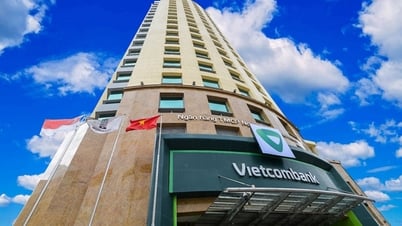

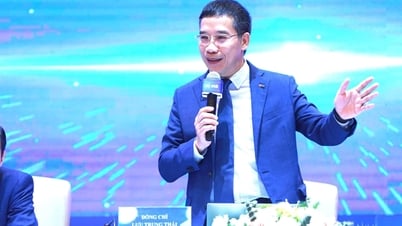

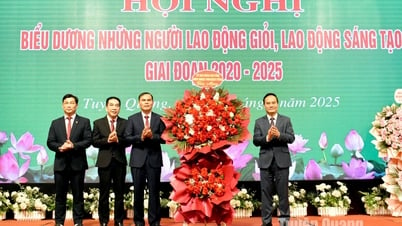

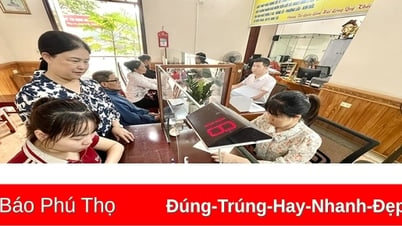


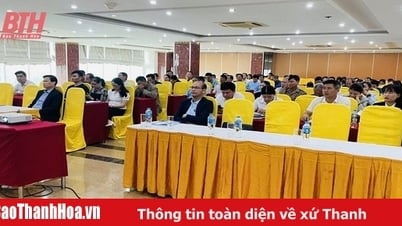
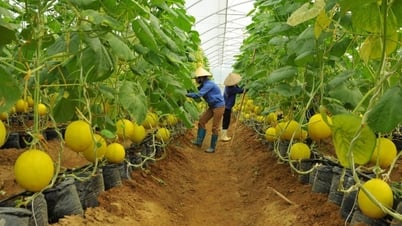
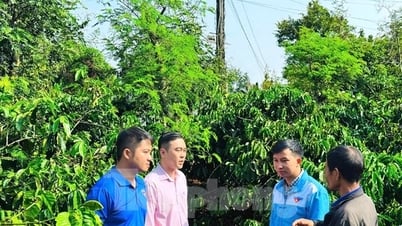
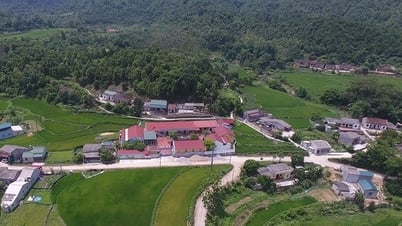
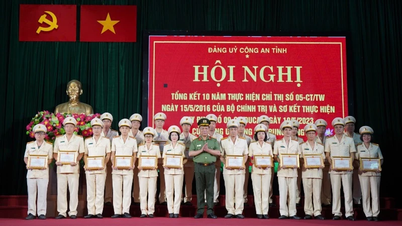
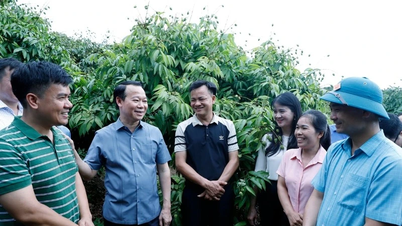
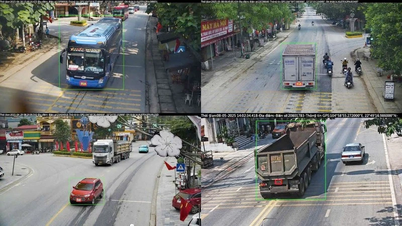




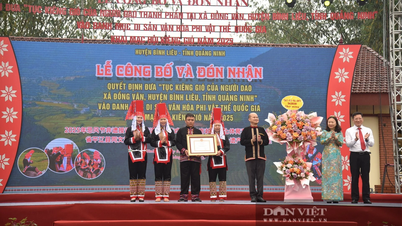
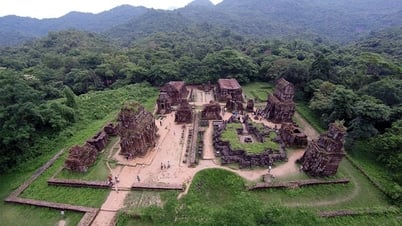
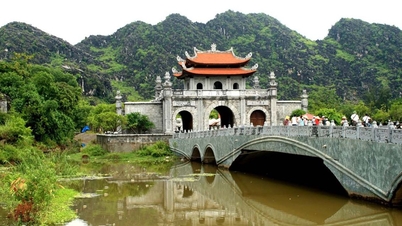

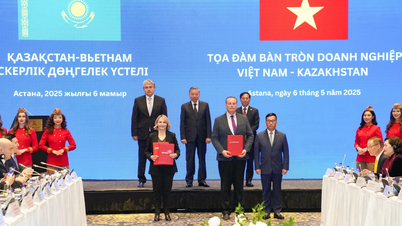



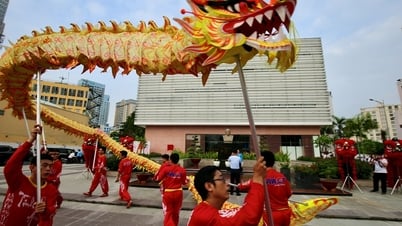

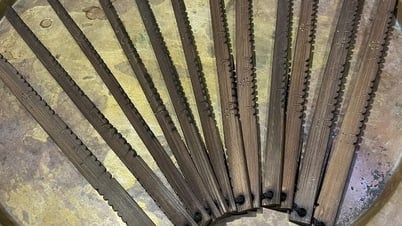

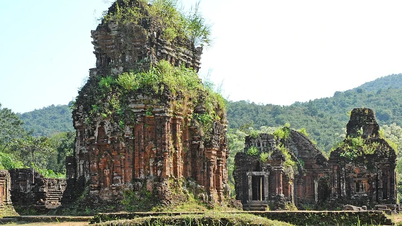

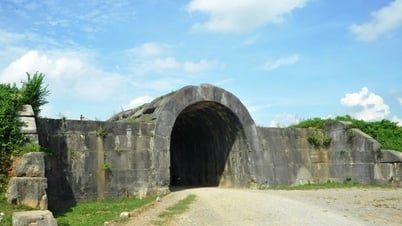
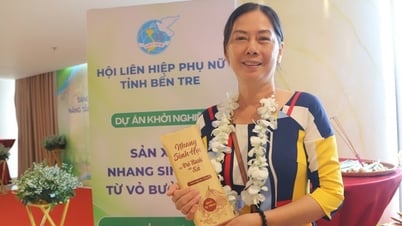

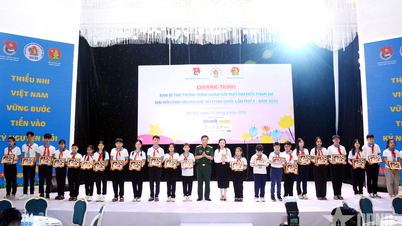


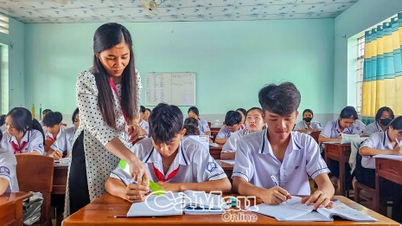

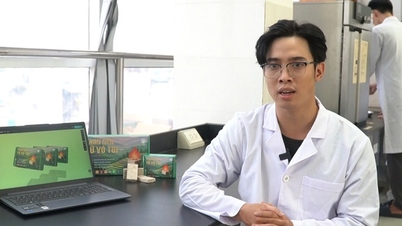

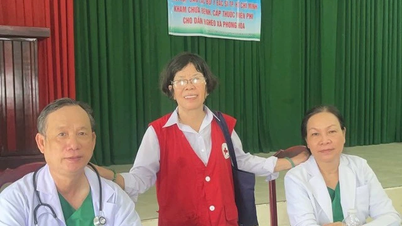

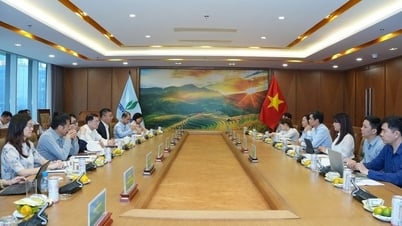

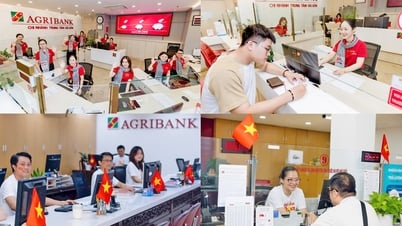



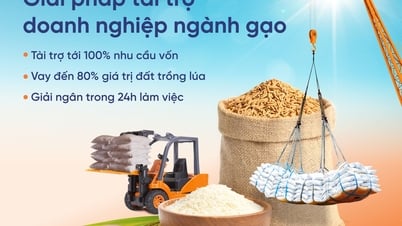
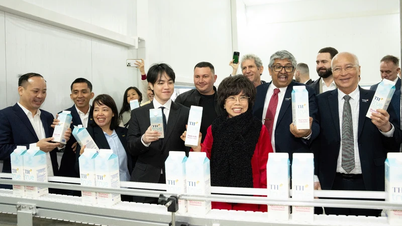




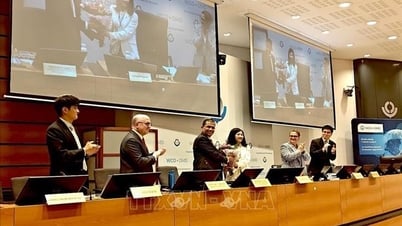


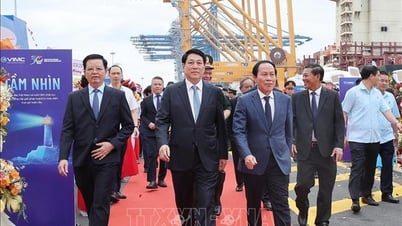

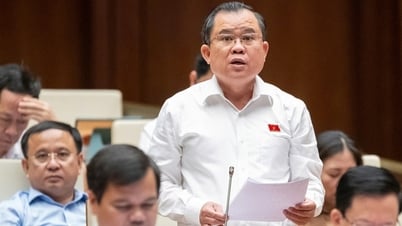

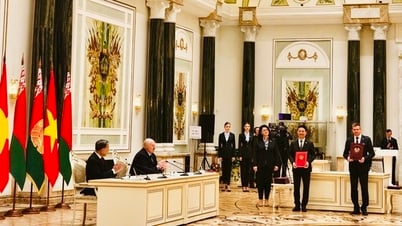

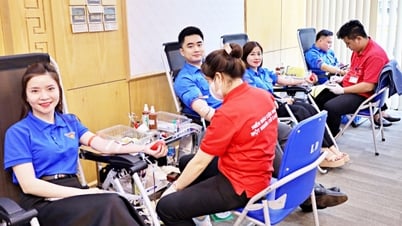


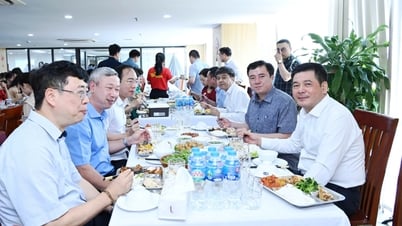
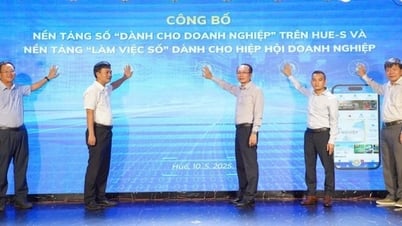
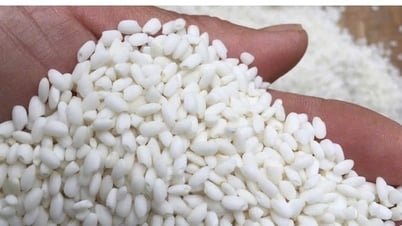

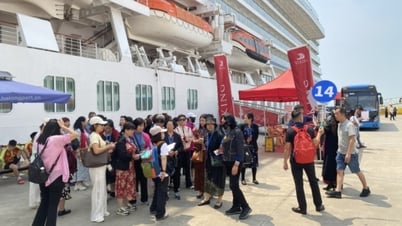



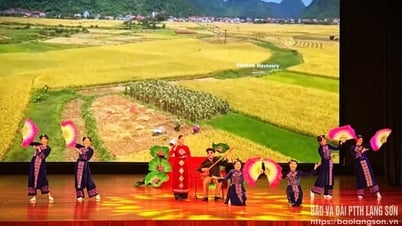

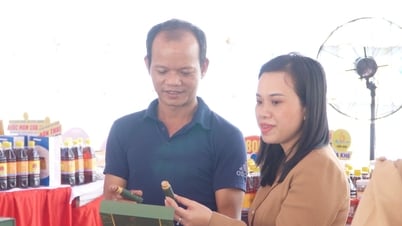

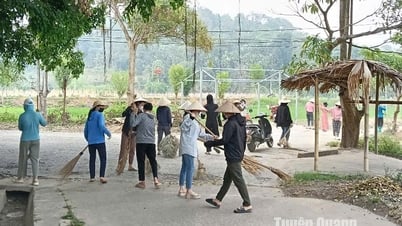

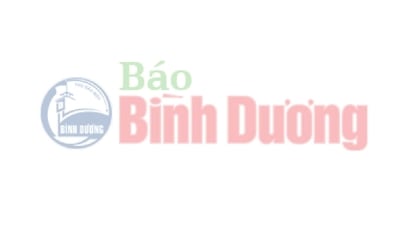

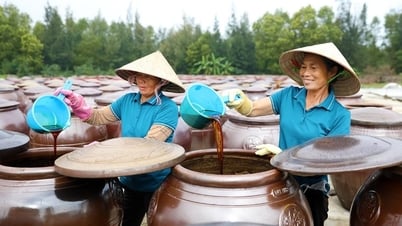

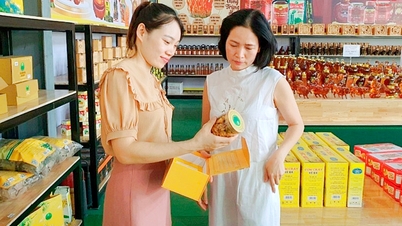

Comment (0)